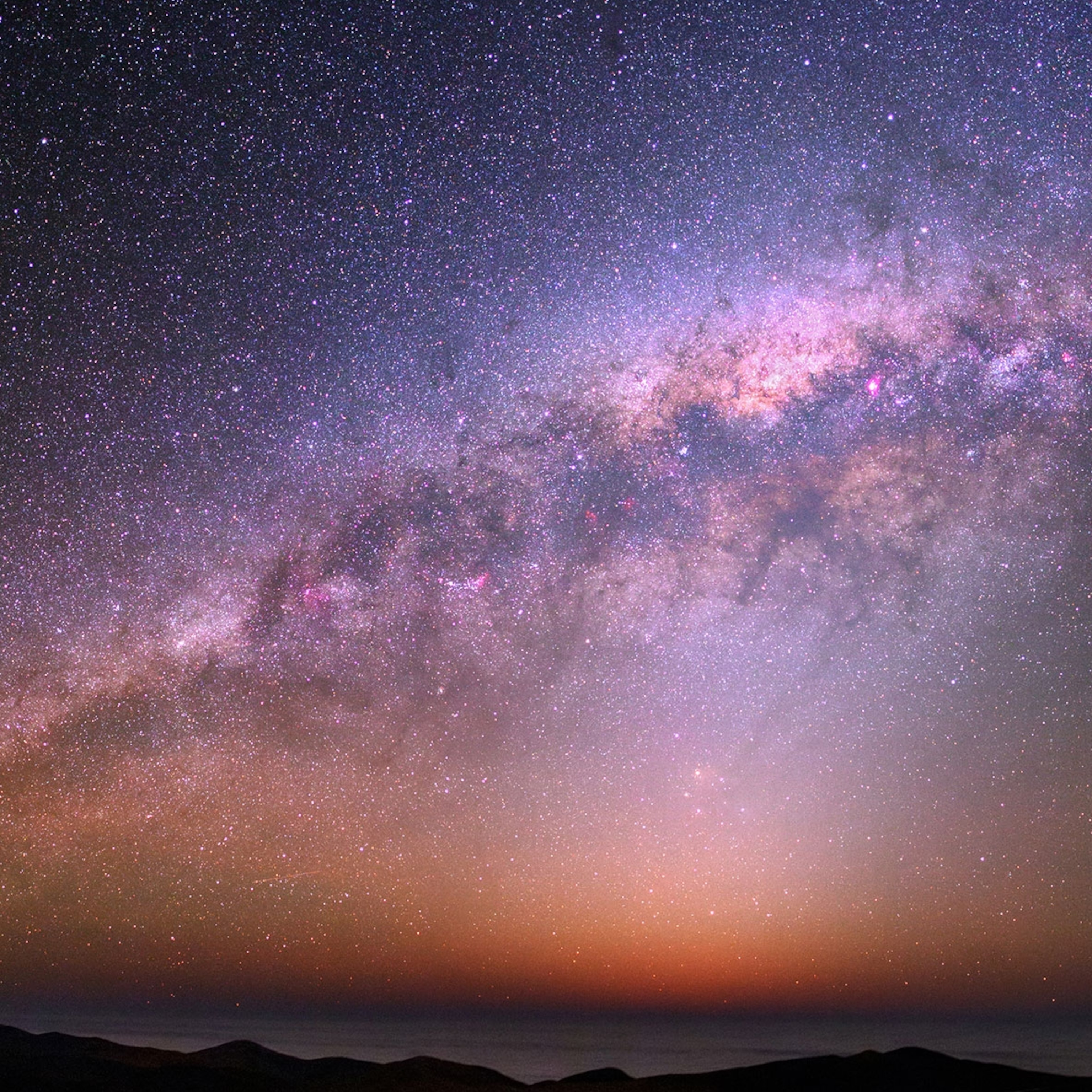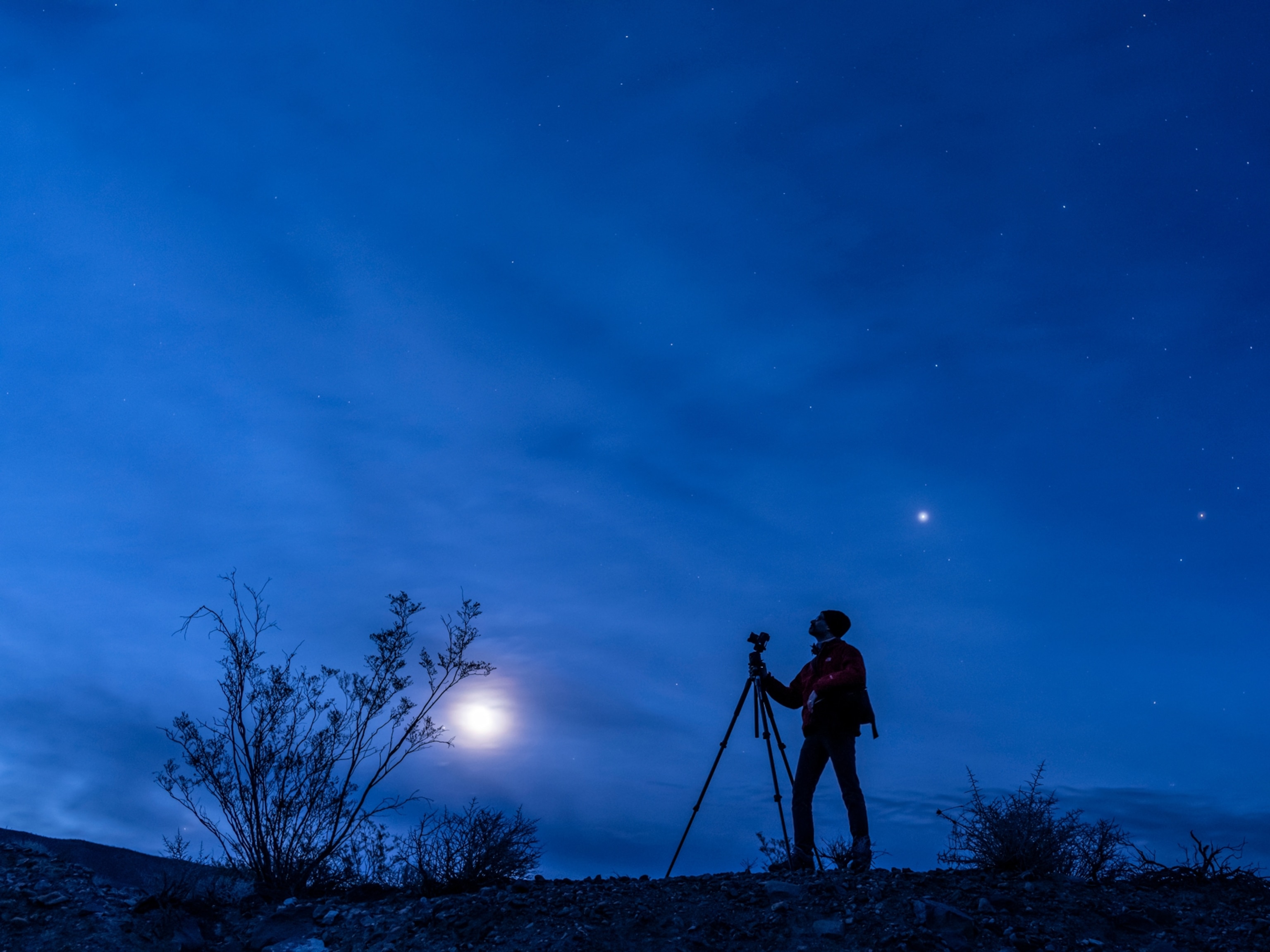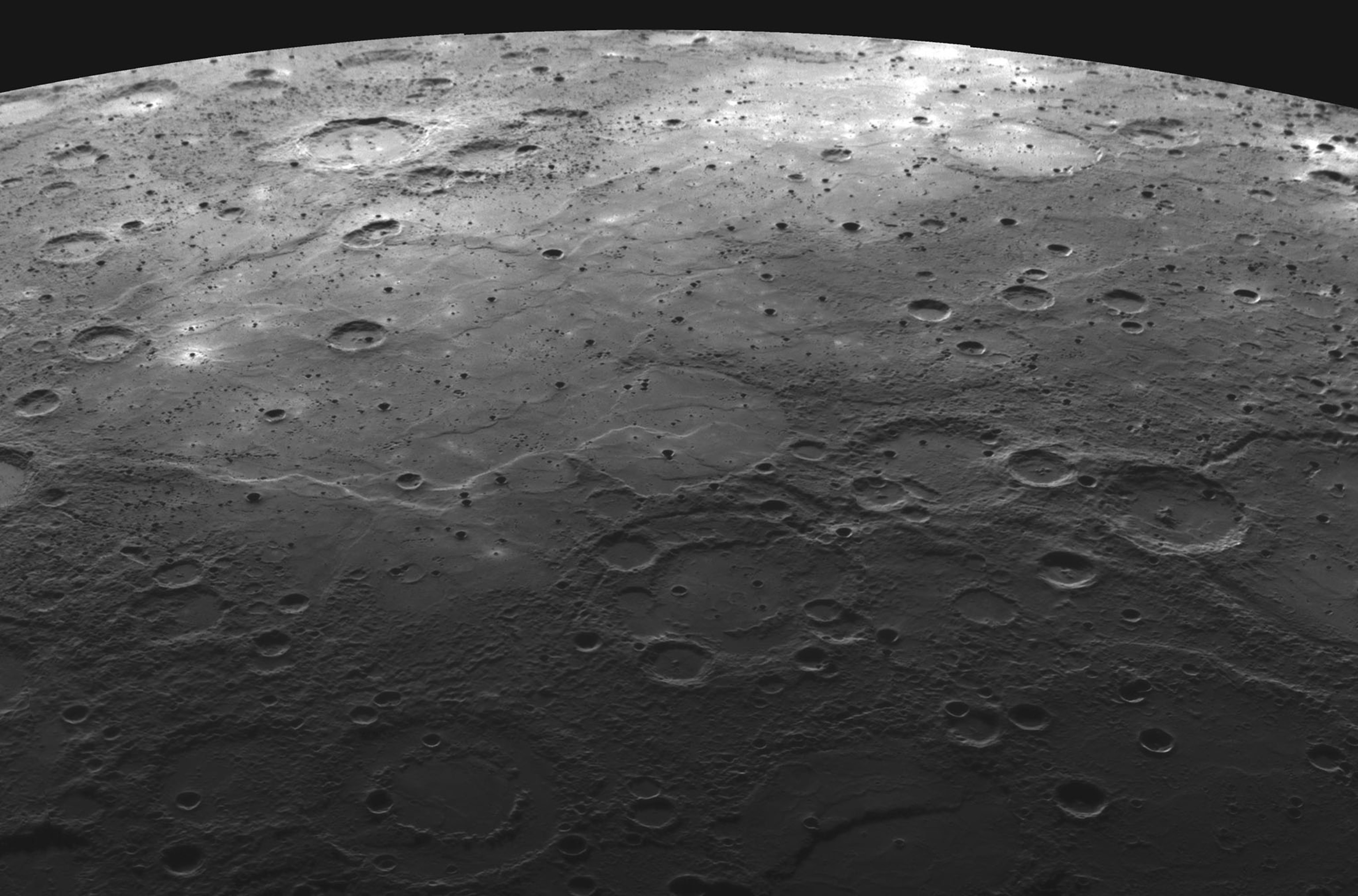
Mercury at Its Best, and More Can't-Miss Sky Events in March
Watch out this month for a planet promenade, a ghostly pyramid of light, and the final blue moon of the year.
Planet-hunters are in luck this month, as multiple “wandering stars” take the stage for a beautiful celestial ballet. Mercury, the innermost planet, even promises to put on a spectacular evening appearance with its best show of the year, while Earth’s lunar dance partner closes out the month with the final blue moon of 2018.
So dust off those binoculars, and get set to witness the many cosmic romps March has in store.
Moon Reaches Regulus—March 1

In the predawn hours, sky-watchers will get to see the nearly full moon pair up with the lead star in the constellation Leo, the lion. Look toward the high western sky for the star to appear less than a degree from the moon, a separation equal to two lunar disks.
Leo is a traditional stargazing target during northern spring, since observers can easily recognize the backward question mark pattern that marks the head of the celestial lion. Later the same day, nighttime sky-watchers can see the month’s first full moon, as the lunar orb officially reaches this phase at 7:51 p.m. ET.
Mercury Courts Venus—March 3
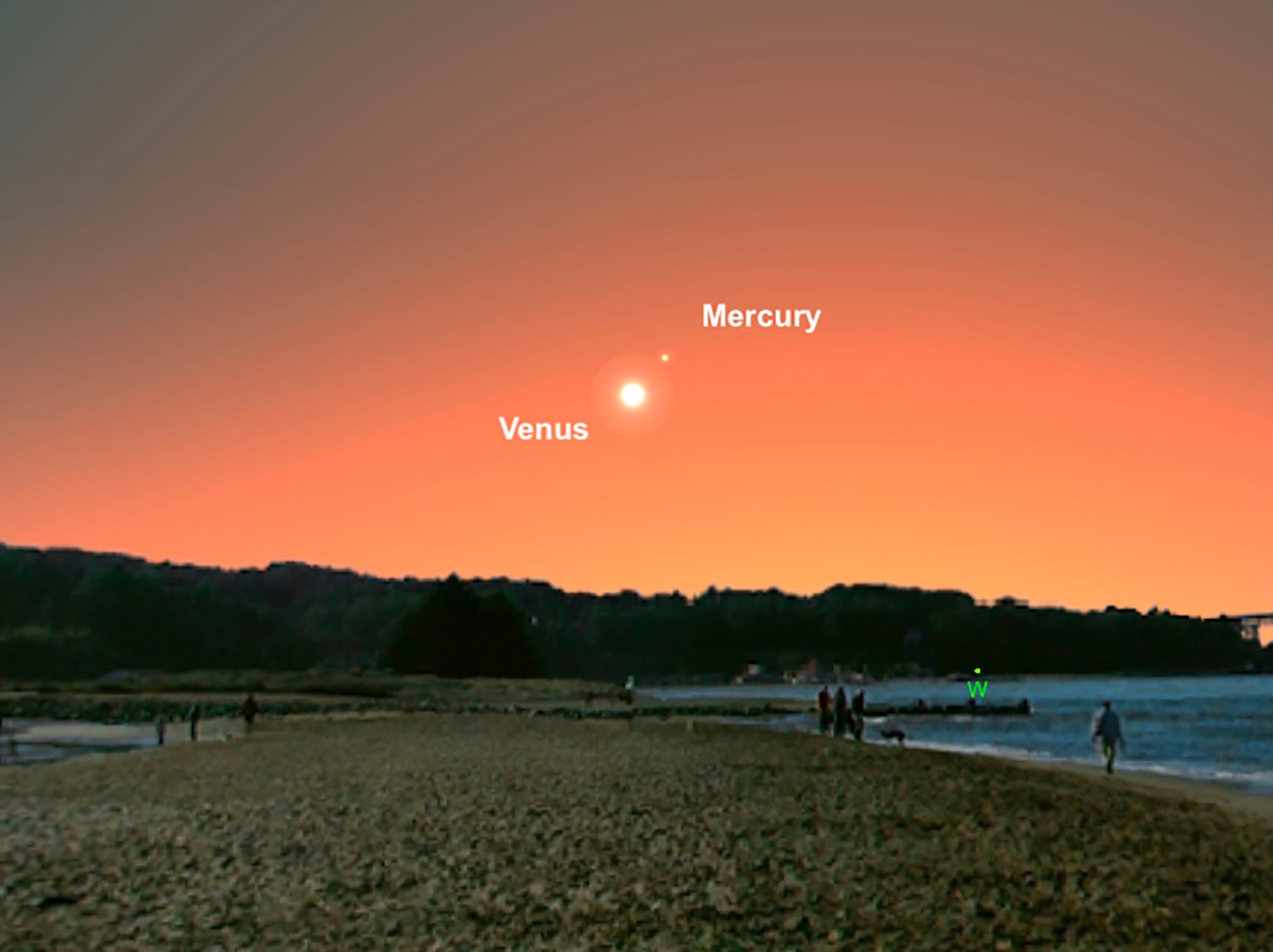
Keen-eyed observers can catch a beautiful close conjunction between the two innermost planets in the solar system, Mercury and Venus, about a half hour after local sunset.
Venus, the much brighter of the two, will act as a guide to spotting faint and elusive Mercury, as the two will appear to be separated by only one degree. Binoculars will help reveal the close planetary pair hanging low in the western sky. Observers can continue watching the two planets throughout March as Mercury pulls away from Venus and climbs higher in the sky.
Zodiacal Lights—March 5-19
Starting in early March and lasting for the next two weeks, keen sky-watchers in the Northern Hemisphere can hunt down one of the most elusive astronomical phenomena: the zodiacal light.
This pyramid-shaped sky show is easily mistaken for the lights of a far-off city just over the horizon when seen from the dark countryside. But it’s really caused by sunlight reflecting off cosmic dust suspended between the planets. The best time to catch this ghostly sky light is about an hour after sunset, looking toward the western horizon.
Moon Joins Jupiter—March 7
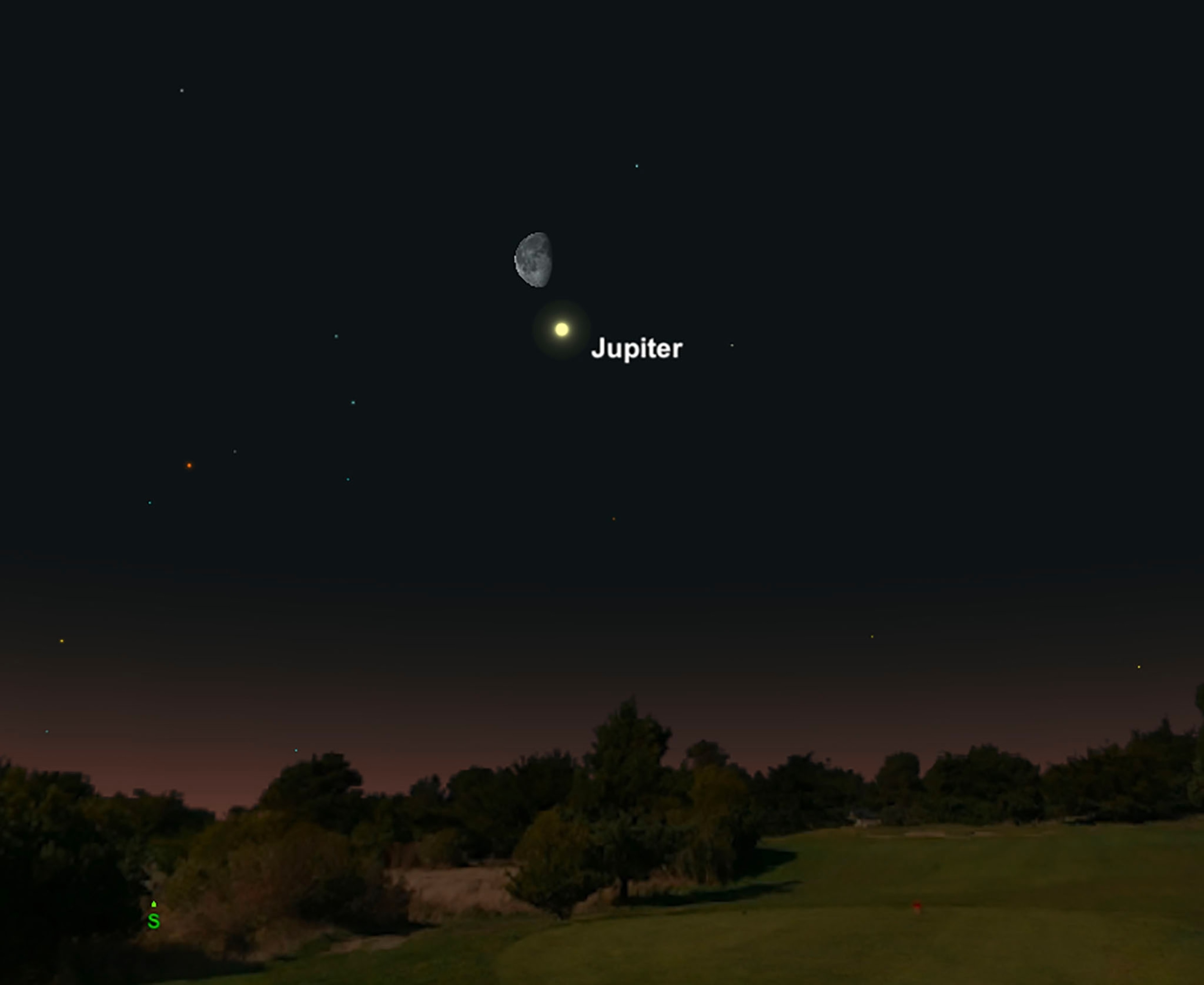
Jupiter will rise soon after local midnight in March and travel across the southern sky. But on this morning, it’s joined by our moon. Early risers looking toward the southern sky will be greeted by a beautiful close conjunction of the waning gibbous moon with the largest planet in the solar system.
North Americans will get front row seats to the spectacle, as the two celestial objects reach their closest point, appearing only four degrees apart, or equal to the width of your three middle fingers held at arm’s length.
Mercury Rising—March 15
Mercury will put on its best show for 2018, as it reaches its farthest point from the sun for observers in the Northern Hemisphere.
Mercury is usually a challenging planet to spot with the unaided eye because it is small, not very reflective, and close to the sun. The tiny world only appears just before sunrise or for a short time after sunset, so it is easily lost in the glare of twilight.
But for the past two weeks, Mercury has been pulling quickly away from the setting sun, appearing higher in the sky each day. On March 15, it will reach its maximum distance from our sun, as seen by surface observers, making it easier to hunt down. The little planet will then begin to sink back toward the western horizon and will be lost in the glare of sunset before the end of the month.
Remember to use binoculars to scan the low western sky starting about 20 minutes after sunset, and look for a very faint star-like object to pop into view. It should be easy after that to spot Mercury with just the naked eye.
Mars Meets Nebulae—March 19
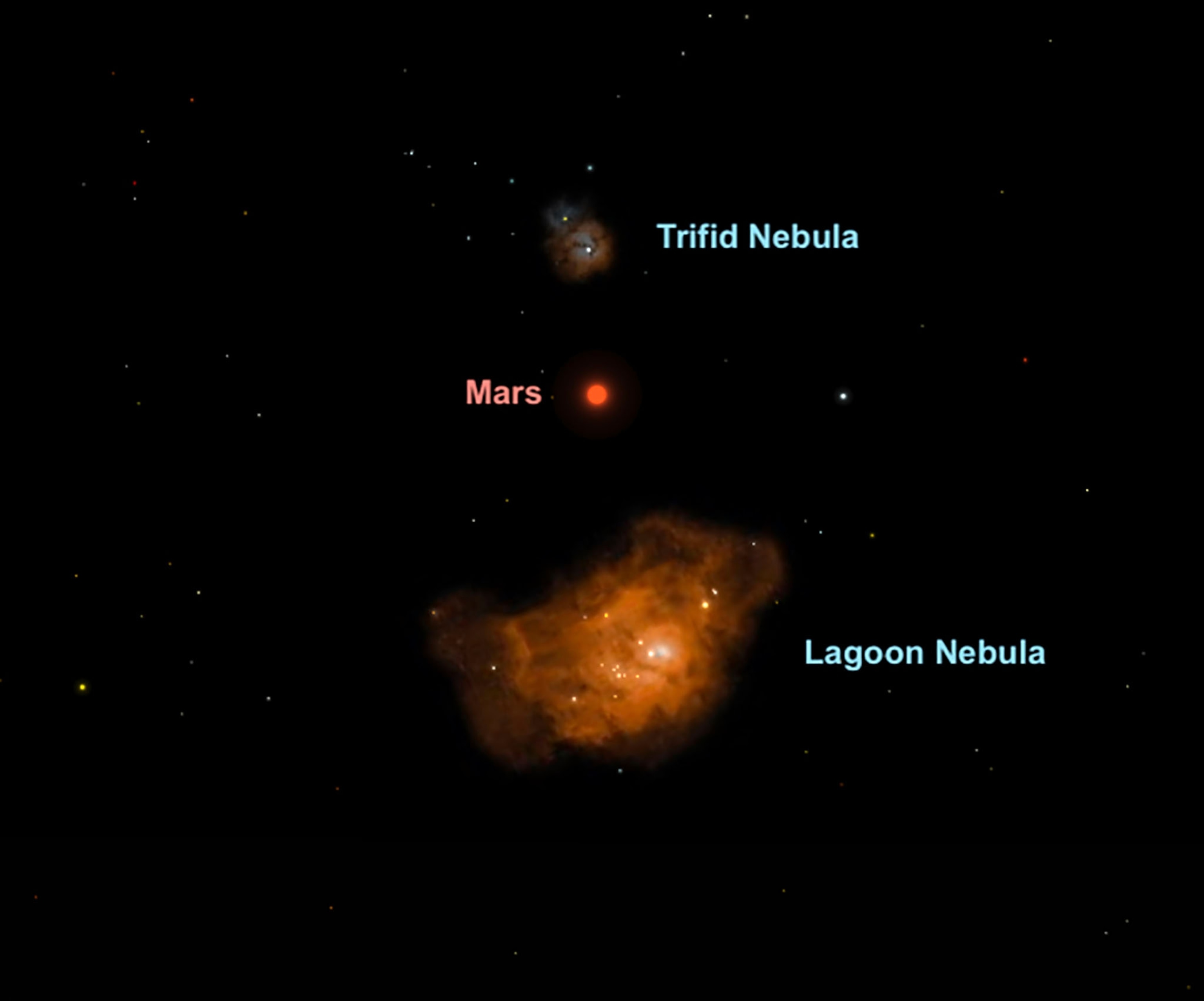
In the early morning hours, look for the red planet to glide between two bright deep-sky objects, making for a great viewing opportunity for binocular and telescope users.
Mars is currently visible in the northern part of the constellation Sagittarius and is plowing its way past some of the richest star fields in the Milky Way. About an hour before dawn on the 19th, the ruddy-hued planet will appear sandwiched between the bright Lagoon Nebula (M8) and the Trifid Nebula (M20). Both of these cosmic clouds are star factories that house hundreds of young stars.
While Mars is a mere 10 light-minutes from Earth, the Lagoon Nebula is some 4,300 light-years distant, and the Trifid is 5,200 light-years away. Despite the distances, both objects can be glimpsed easily with binoculars and will appear as grey, fuzzy patches of light under dark skies.
Spring (or Autumn) Equinox—March 20
Astronomically speaking, the March equinox marks one of the four major turning points in our planet’s seasonal cycle.
Earth is slightly tilted with respect to the sun, which is why we experience seasons with varying lengths of day and night. The equinoxes mark the two times in a year when the planet’s axis is neither tilted away nor toward the sun. The word “equinox” comes from Latin for “equal night,” since these are the days when day and night appear to be about the same length—each roughly 12 hours long.
The March equinox, which arrives at 12:15 p.m. ET this year, heralds the start of spring in the Northern Hemisphere and the start of fall in the south.
Moon Meets Bull’s Eye—March 22
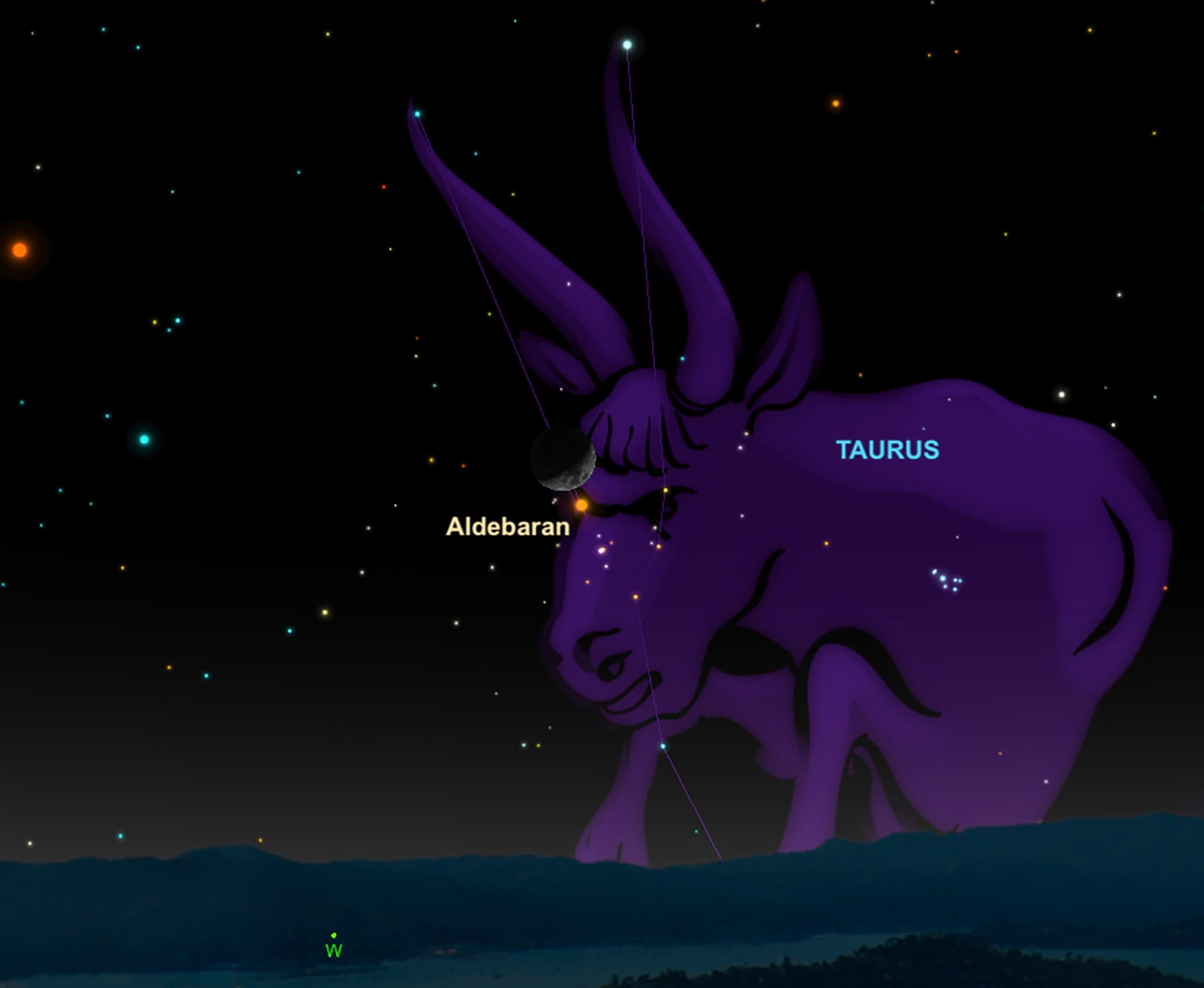
Late at night in the low western sky, the waxing crescent moon will appear to brush by the bright orange star Aldebaran, the “eye” of Taurus, the bull. Lucky sky-watchers across the northwestern United States and western Canada can watch the bright star wink out as it glides behind the moon’s unlit side. The star will pop back into view about a half hour later on the bright lunar limb.
Venus Joins Uranus—March 28
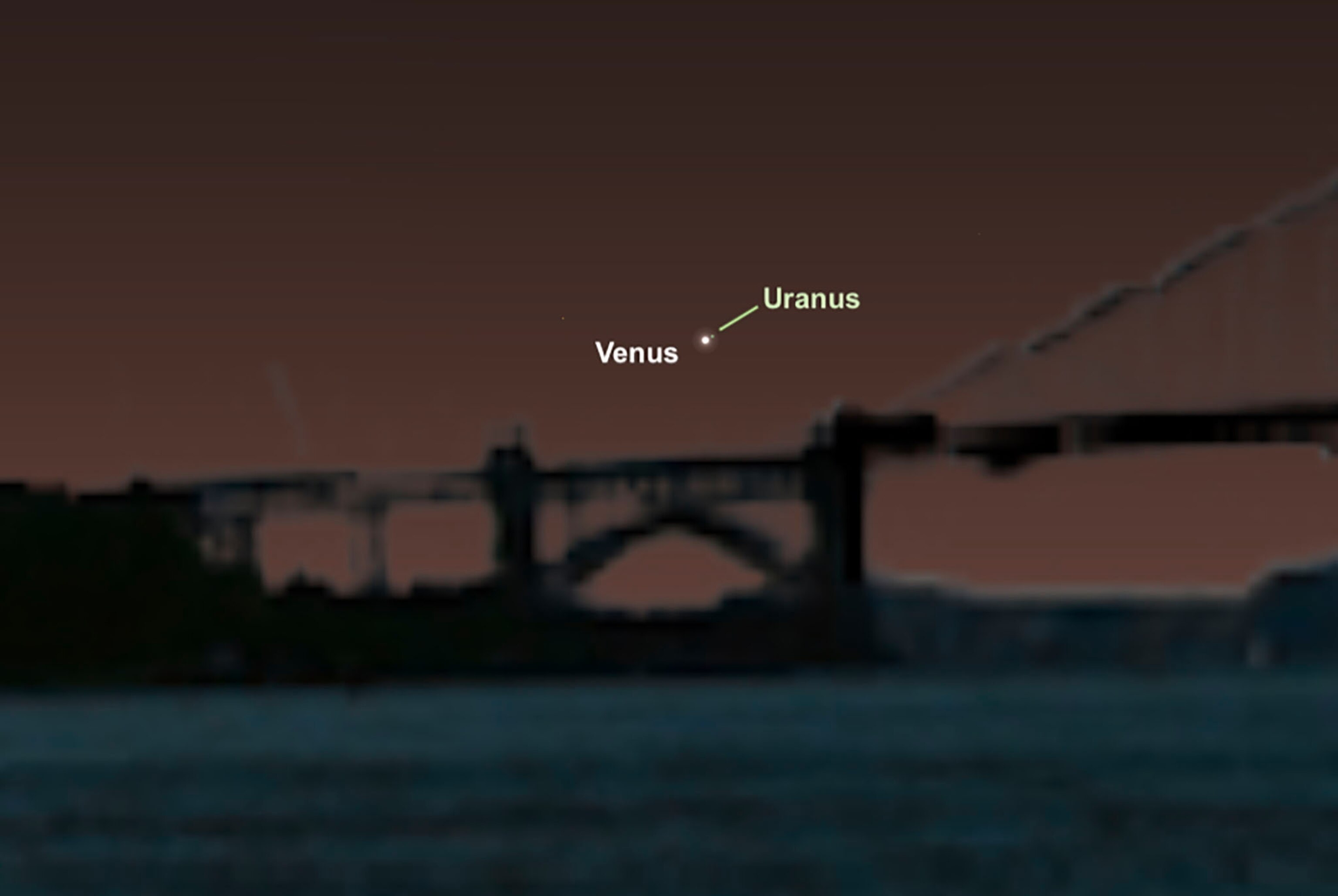
Throughout March, Venus will continue to pull away from the sun as it climb higher in the western sky at dusk. On the 28th, the goddess of love will pay a visit to the green giant Uranus—and it’ll be the closest pairing of these two worlds since 2003.
North American observers will be best positioned to see the two objects at their closest, when bright Venus will make it easier for novice sky-watchers to find faint Uranus. With all the action happening close to the horizon, binoculars and small telescopes should help tease out both planets from the glare of the twilight glow.
Blue Moon—March 31
The full moon on the 31st will be the second for the month, making it what is commonly referred to as a blue moon. January also saw two full moons, but the one in March—which arrives at 8:37 a.m. ET—will be the final one for 2018.
Clear skies!
Andrew Fazekas, the Night Sky Guy, is the author of Star Trek: The Official Guide to Our Universe and host of NG Live! Mankind to Mars presentations. Follow him on Twitter and Facebook.



